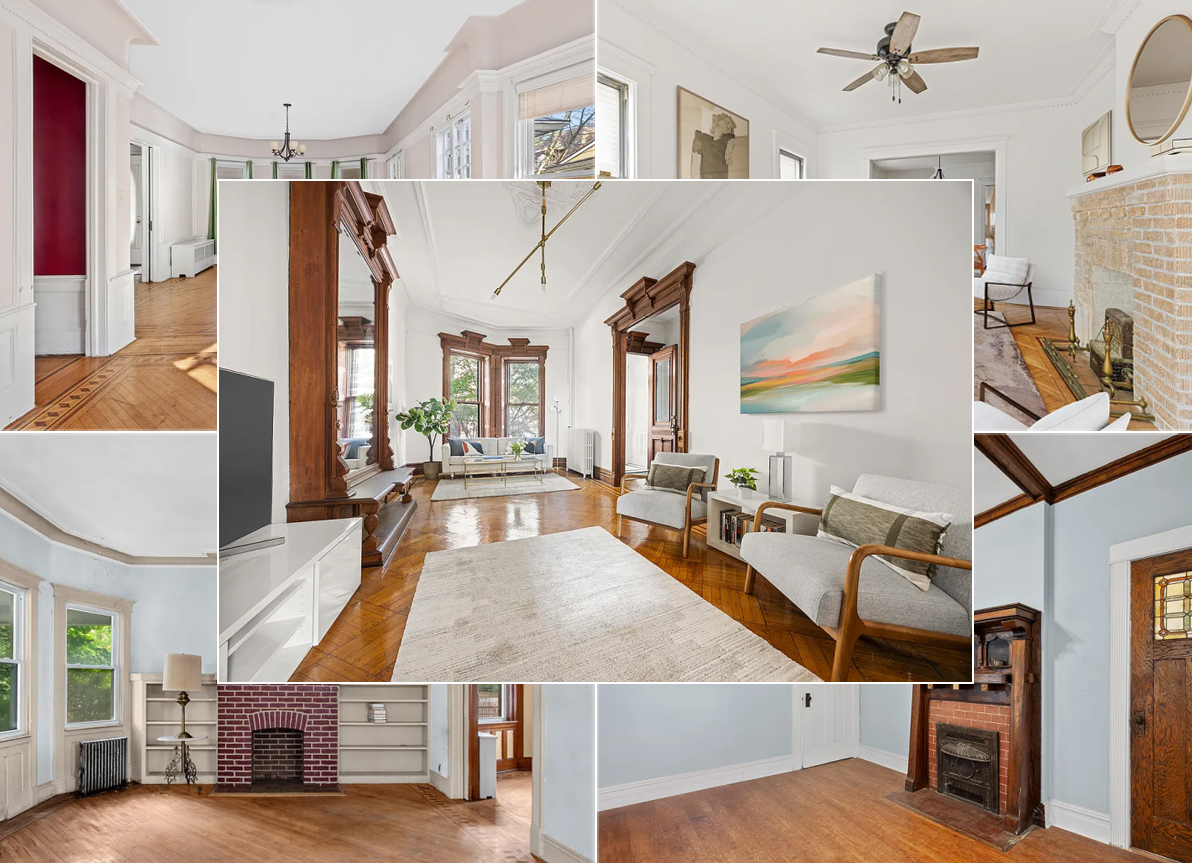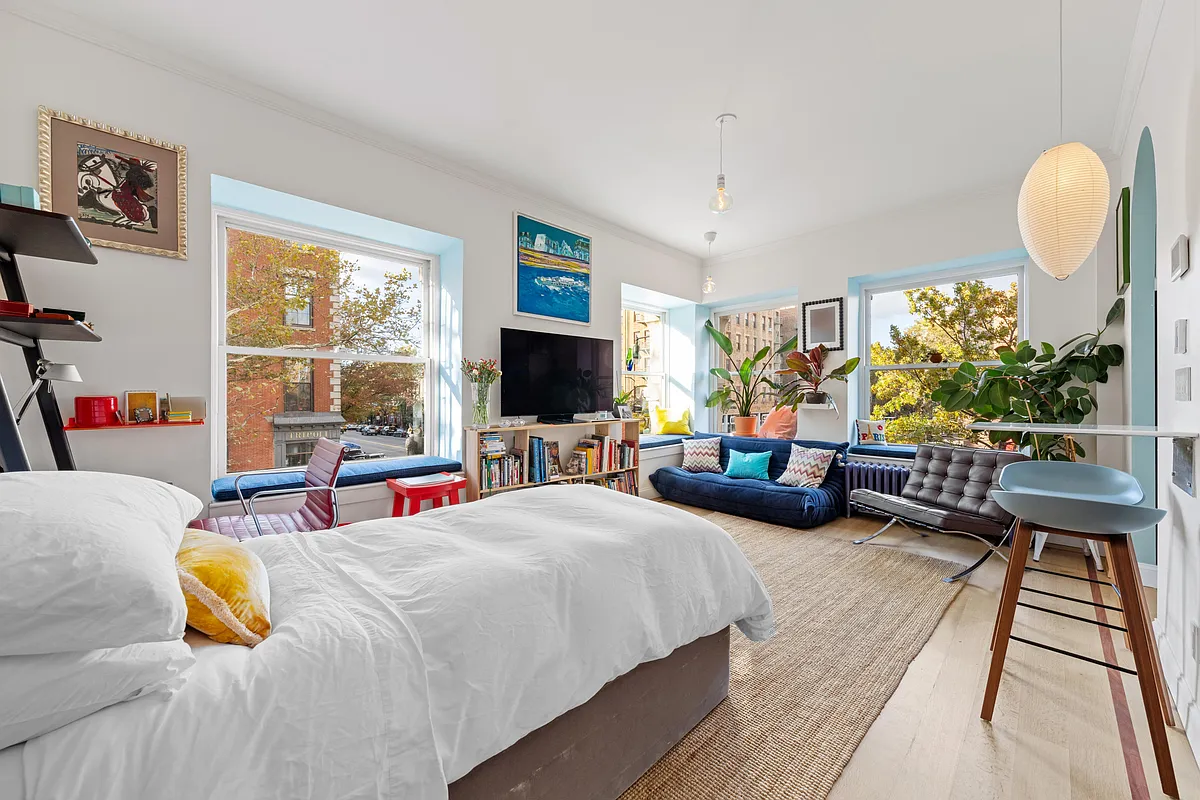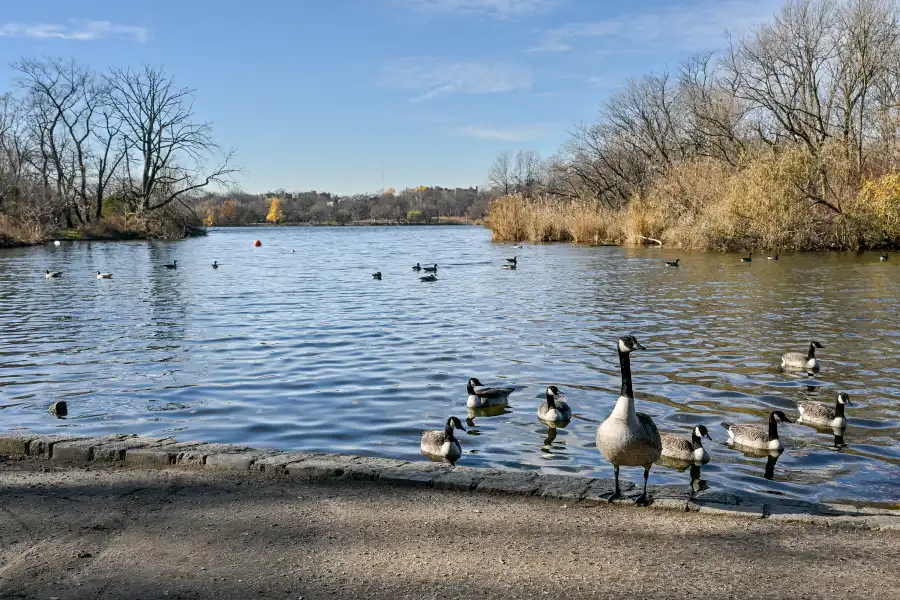Tonight: Extending the FG/CH Historic Districts
Tonight’s joint meeting of the Society for Clinton Hill and the Fort Greene Association should be particularly interesting. Historian Andrew Dolkart will be giving a presentation about the number of historic structures in the area that aren’t currently protected by Landmark law. The groups have proposed expanding the Fort Greene Historic District three blocks east…


Tonight’s joint meeting of the Society for Clinton Hill and the Fort Greene Association should be particularly interesting. Historian Andrew Dolkart will be giving a presentation about the number of historic structures in the area that aren’t currently protected by Landmark law. The groups have proposed expanding the Fort Greene Historic District three blocks east as far as Ashland Place, to the far side of Fulton Street to the South and all the way to Myrtle Avenue to the north (see map on the jump). One of these structures is the Paul Robeson Theater (originally the Fourth Universalist Church) at 40 Greene Avenue, which happens to be where the meeting will take place at 7:30 tonight. Also on the agenda: Details on a plan put together by a coalition of community groups that DOT doesn’t want to give the time of day.






I think historic designation scares many resident owners – because can make any work done on house more expensive and tedious and lengthy.
Would be nice if a 2nd tier designation to prevent Fedders and other gross out-of-context changes were available for less grand blocks, etc.
The parking permit thing is real turn-off and wish they would not mix the agenda. I do agree that gov’t employee permit is seriously abused and needs to be curtailed but other than special permits for being resident doesn’t work for me.
what about the area just beyond clinton hill (which many realtors are calling clinton hill) between classon and nostrand? (greene,quincy,gates, etc) i know that there’s been a lot of talk about getting certain blocks landmarked as well, but can’t figure out how and who to speak with. i’ll be there tonight.
I live in FG and wish parking was easier, but I don’t think the problem is non-residents who work downtown. If that was the case, then there should be plenty of parking in the evenings when they go home and there isn’t. If I can’t manage to move my car in the evening, then sometimes I have to move it in the mornings before work and (I think) it gets a little easier after 8 am when a few residents leave.
OH MY GOD!!!!! People are driving to FG/CH to shop!!! What if they end up going to a restaurant?? How can we stop this?? I know someone had MY table last Friday!!
How could they!!!
There are several residential blocks in Boerum Hill where only government workers can park. I galls me that people who work in buildings on top of umpteen subway lines need to be given free parking in front of other peoples’ homes.
My block is packed with people working downtown or driving in and parking to take the subway into Manhattan. People are also driving in to conduct business or shop in the area. While I would love to have a residential permit, I can’t come up with a rational argument about why I have a right to park free on my block.
Re anonymous:
Taxpayers SHOULD be able to park near their homes. Unfortunately NYC car owners have abused residency status with regard to their auto registration–this deprives the city of auto use registration (in a word tax) revenues, and results in streets full of out of state tagged cars taking up limited parking spots. Residential permits are far from perfect but have worked well in communities with significantly more severe parking space shortages (like Cambridge Mass)
Yes, we hope to have the map of the proposed extension of the district in Clinton Hill at the meeting tonight. We are all volunteers and there was a hitch in the printing. If not at the meeting, it will be posted on the web site, http://www.societyforclintonhill.org very soon. Getting landmark designation is a very local thing and many, many neighborhoods are working on it to save the integrity of their neighborhoods in the face of such intense development. In Clinton Hill the study area extended from Vanderbilt to Classon and from Atlantic to Myrtle. It would have gone to Flushing, but that area (from Myrtle to Flushing) is already being proposed as the Wallabout Historic District. The discussion tonight will focus on the sections in Clinton Hill within that area that are good prospects for inclusion. If too much questionable development, changed conditions, etc. are present, it is hard to get that block accepted as part of the historic district. This is a long and arduous process because so many districts want/need it, LPC is understaffed, and some developers and others resist it because they believe they should be able to do anything they want to a property they own. There is proof, however, that historic districts do better in the market place than those that aren’t protected. Buyers want to be where they know their beautiful neighborhood has a better chance of surviving. Andrew Dolkart is a fascinating speaker and is in high demand. It is a real treat to have him speak.
11:29, the non-residents are people who either drive to work downtown and then, unwilling to pay for parking, park on the street in the surrounding residential neighborhoods or drive from other neighborhoods, some with perfectly adequate public transportation, and then board the subway downtown.
Who are the non-residents that are parking to cause such a problem? Where are they going? This seems ridiculous. Where am I, Jersey?